2023 Vol. 4, No. 2
Wafer-level mass production of photonic integrated circuits (PIC) has become a technological mainstay in the field of optics and photonics, enabling many novel and disrupting a wide range of existing applications. However, scalable photonic packaging and system assembly still represents a major challenge that often hinders commercial adoption of PIC-based solutions. Specifically, chip-to-chip and fiber-to-chip connections often rely on so-called active alignment techniques, where the coupling efficiency is continuously measured and optimized during the assembly process. This unavoidably leads to technically complex assembly processes and high cost, thereby eliminating most of the inherent scalability advantages of PIC-based solutions. In this paper, we demonstrate that 3D-printed facet-attached microlenses (FaML) can overcome this problem by opening an attractive path towards highly scalable photonic system assembly, relying entirely on passive assembly techniques based on industry-standard machine vision and/or simple mechanical stops. FaML can be printed with high precision to the facets of optical components using multi-photon lithography, thereby offering the possibility to shape the emitted beams by freely designed refractive or reflective surfaces. Specifically, the emitted beams can be collimated to a comparatively large diameter that is independent of the device-specific mode fields, thereby relaxing both axial and lateral alignment tolerances. Moreover, the FaML concept allows to insert discrete optical elements such as optical isolators into the free-space beam paths between PIC facets. We show the viability and the versatility of the scheme in a series of selected experiments of high technical relevance, comprising pluggable fiber-chip interfaces, the combination of PIC with discrete micro-optical elements such as polarization beam splitters, as well as coupling with ultra-low back-reflection based on non-planar beam paths that only comprise tilted optical surfaces. Based on our results, we believe that the FaML concept opens an attractive path towards novel PIC-based system architectures that combine the distinct advantages of different photonic integration platforms.
Fluorescence microscopy is a powerful tool for scientists to observe the microscopic world, and the fluorescence excitation light source is one of the most critical components. To compensate for the short operation lifetime, integrated light sources, and low excitation efficiency of conventional light sources such as mercury, halogen, and xenon lamps, we designed an LED-integrated excitation cube (LEC) with a decentralized structure and high optical power density. Using a Fresnel lens, the light from the light-emitting diode (LED) was effectively focused within a 15 mm mounting distance to achieve high-efficiency illumination. LEC can be easily designed in the shape of fluorescence filter cubes for installation in commercial fluorescence microscopes. LECs’ optical efficiency is 1–2 orders of magnitude higher than that of mercury lamps; therefore, high-quality fluorescence imaging with spectral coverage from UV to red can be achieved. By replacing conventional fluorescence filter cubes, LEC can be easily installed on any commercial fluorescence microscope. A built-in LEC driver can identify the types of LEDs in different spectral bands to adopt the optimal operating current and frequency of pulses. Moreover, high-contrast images can be achieved in pulse mode by time-gated imaging of long-lifetime luminescence.
Metasurfaces, which are the two-dimensional counterparts of metamaterials, have demonstrated unprecedented capabilities to manipulate the wavefront of electromagnetic waves in a single flat device. Despite various advances in this field, the unique functionalities achieved by metasurfaces have come at the cost of the structural complexity, resulting in a time-consuming parameter sweep for the conventional metasurface design. Although artificial neural networks provide a flexible platform for significantly improving the design process, the current metasurface designs are restricted to generating qualitative field distributions. In this study, we demonstrate that by combining a tandem neural network and an iterative algorithm, the previous restriction of the design of metasurfaces can be overcome with quantitative field distributions. As proof-of-principle examples, metalenses predicted via the designed network architecture that possess multiple focal points with identical/orthogonal polarisation states, as well as accurate intensity ratios (quantitative field distributions), were numerically calculated and experimentally demonstrated. The unique and robust approach for the metasurface design will enable the acceleration of the development of devices with high-accuracy functionalities, which can be applied in imaging, detecting, and sensing.
Owing to the structural errors in the optical phased array, an initial random phase reduces the quality of the deflection beam. The most commonly applied approach to phase calibration is based on adaptive optics. However, adaptive optimisation approaches have slow convergence and low diffraction efficiency. We proposed a pointwise optimisation approach to achieve fast and accurate beam deflection. This approach conducts phase calibration, combining global traversal and local searches individually for each array element. We built a phase-calibration optical system containing a one-dimensional optical waveguide phase array for further verification and designed the relevant mechanics. The simulation and experimental results demonstrate that the pointwise optimisation approach accelerates the calibration process and improves the diffraction efficiency.
3D printing has revolutionized the manufacturing of volumetric components and structures for various fields. Thanks to the advent of photocurable resins, several fully volumetric light-based techniques have been recently developed to push further the current limitations of 3D printing. Although fast, this new generation of printers cannot fabricate objects whose typical size exceeds the centimeter without severely affecting the final resolution. Based on tomographic volumetric additive manufacturing, we propose a method for volumetric helical additive manufacturing (VHAM) multi-cm scale structures without magnifying the projected patterns. It consists of illuminating the photoresist while the latter follows a helical motion. This movement allows to increase the printable object’ s height. Additionally, we off-center the modulator used for projecting the light patterns to double the object’ s lateral size. We demonstrate experimentally the interest of using these two tricks for printing larger objects (up to 3 cm × 3 cm × 5 cm) with fine details (650 μm) and short print time (< 10 min).
Recently, high-performance thin-film lithium niobate optical modulators have emerged that, together with advanced multiplexing technologies, are highly expected to satisfy the ever-growing demand for high-capacity optical interconnects utilizing multiple channels. Accordingly, in this study, a compact lithium-niobate-on-insulator (LNOI) photonic chip was adopted to establish four-channel wavelength-division-multiplexing (WDM) transmitters, comprising four optical modulators based on ultracompact 2 × 2 Fabry-Perot cavities and a four-channel WDM filter based on multimode waveguide gratings. The fabricated chip with four wavelength channels has a total footprint as compact as 0.3 × 2.8 mm2, and exhibits an excess loss of ~0.8 dB as well as low inter-channel crosstalk of < –22 dB. Using this LNOI photonic chip, high-capacity data transmissions of 320 Gbps (4 × 80 Gbps) on-off-keying signals and 400 Gbps (4 × 100 Gbps) four-level pulse amplitude signals were successfully realized with the ultra-low power consumption of 11.9 fJ/bit.
Sensors are widely used to acquire biological and environmental information for medical diagnosis, and health and environmental monitoring. Graphene is a promising new sensor material that has been widely used in sensor fabrication in recent years. Compared with many other existing graphene preparation methods, laser-scribed graphene (LSG) is simple, low-cost, environmentally friendly, and has good conductivity and high thermal stability, making it widely used in the sensor field. This paper summarizes existing LSG methods for sensor fabrication. Primary LSG preparation methods and their variants are introduced first, followed by a summary of LSG modification methods designed explicitly for sensor fabrication. Subsequently, the applications of LSG in stress, bio, gas, temperature, and humidity sensors are summarized with a particular focus on multifunctional integrated sensors. Finally, the current challenges and prospects of LSG-based sensors are discussed.


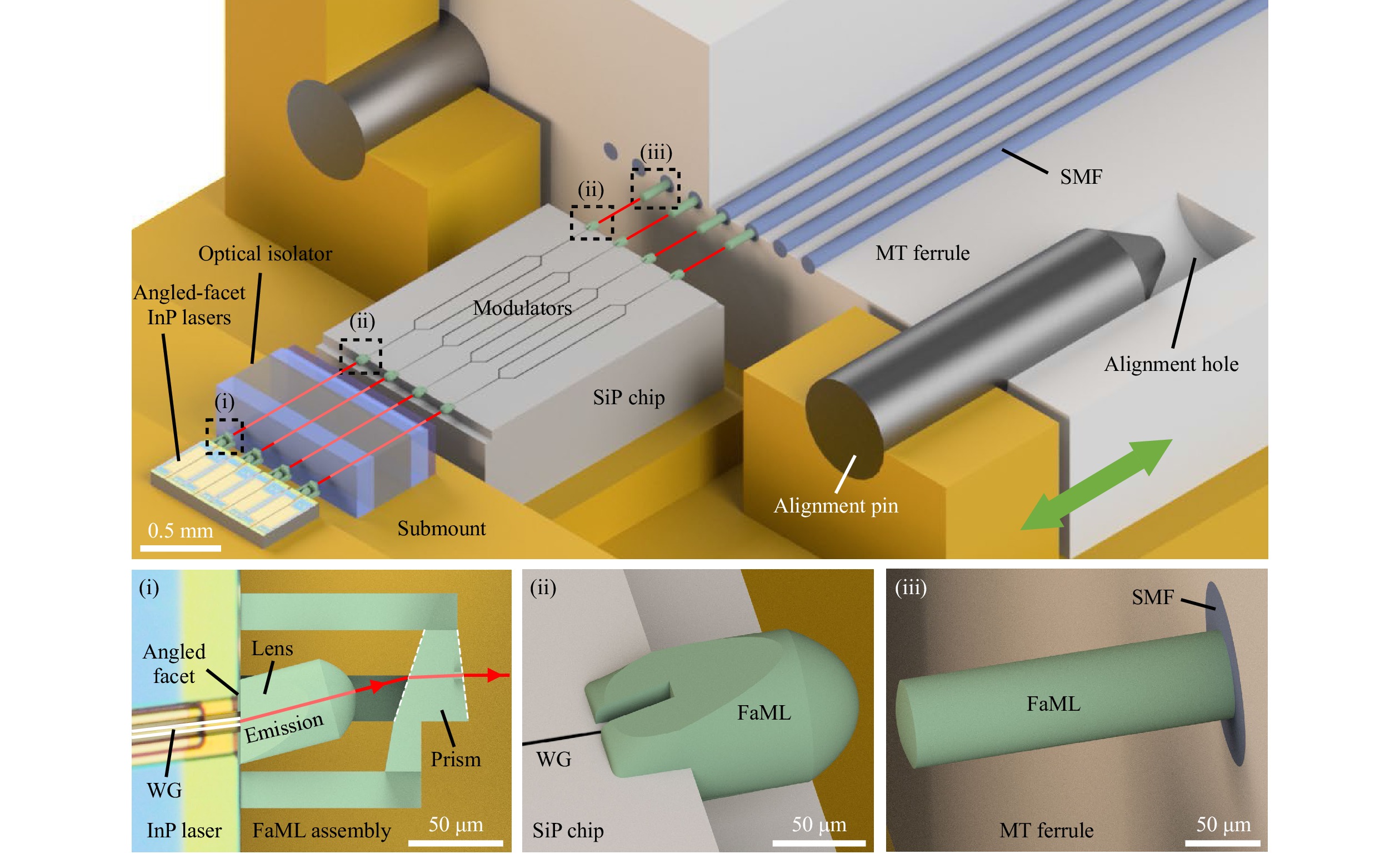
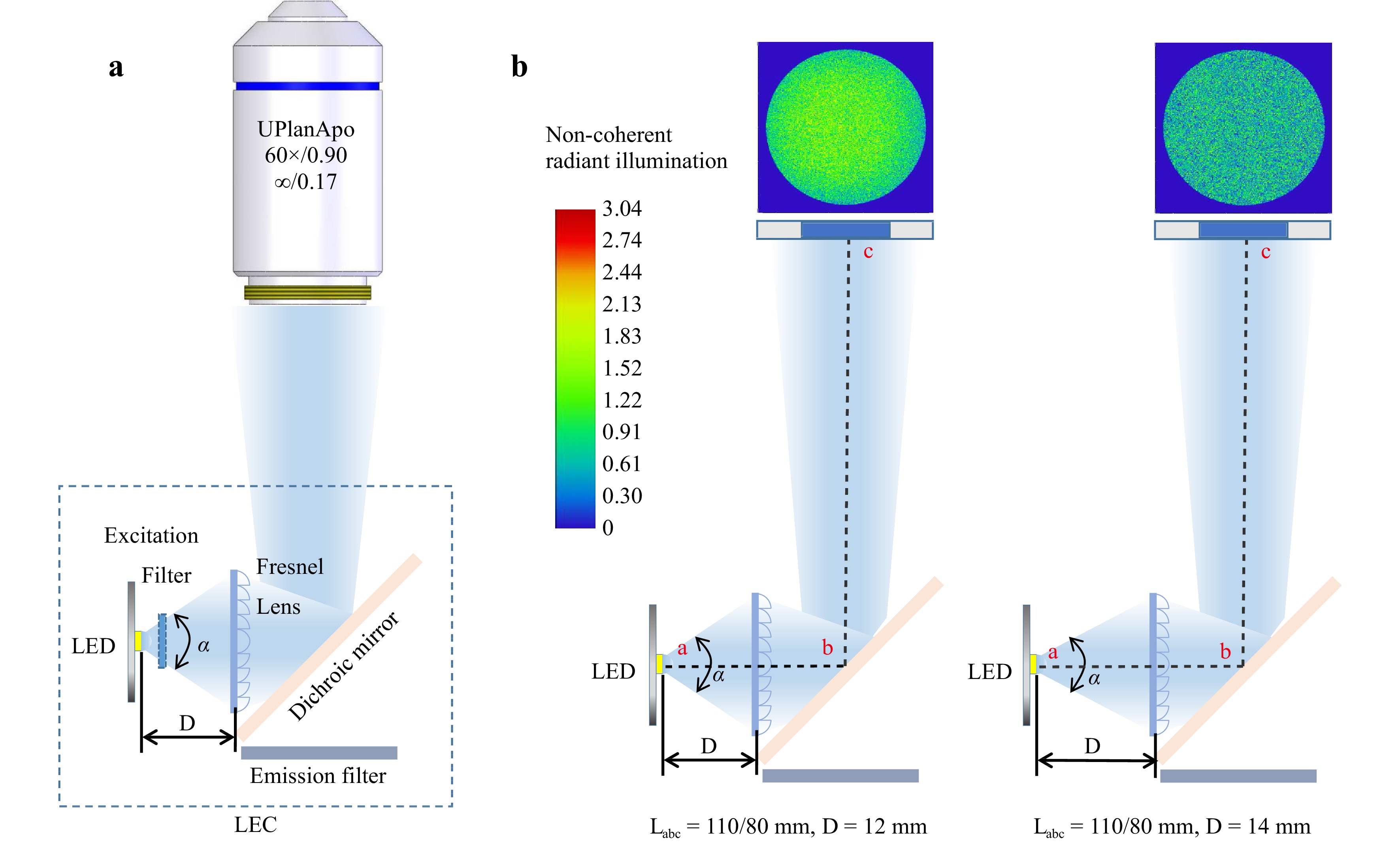
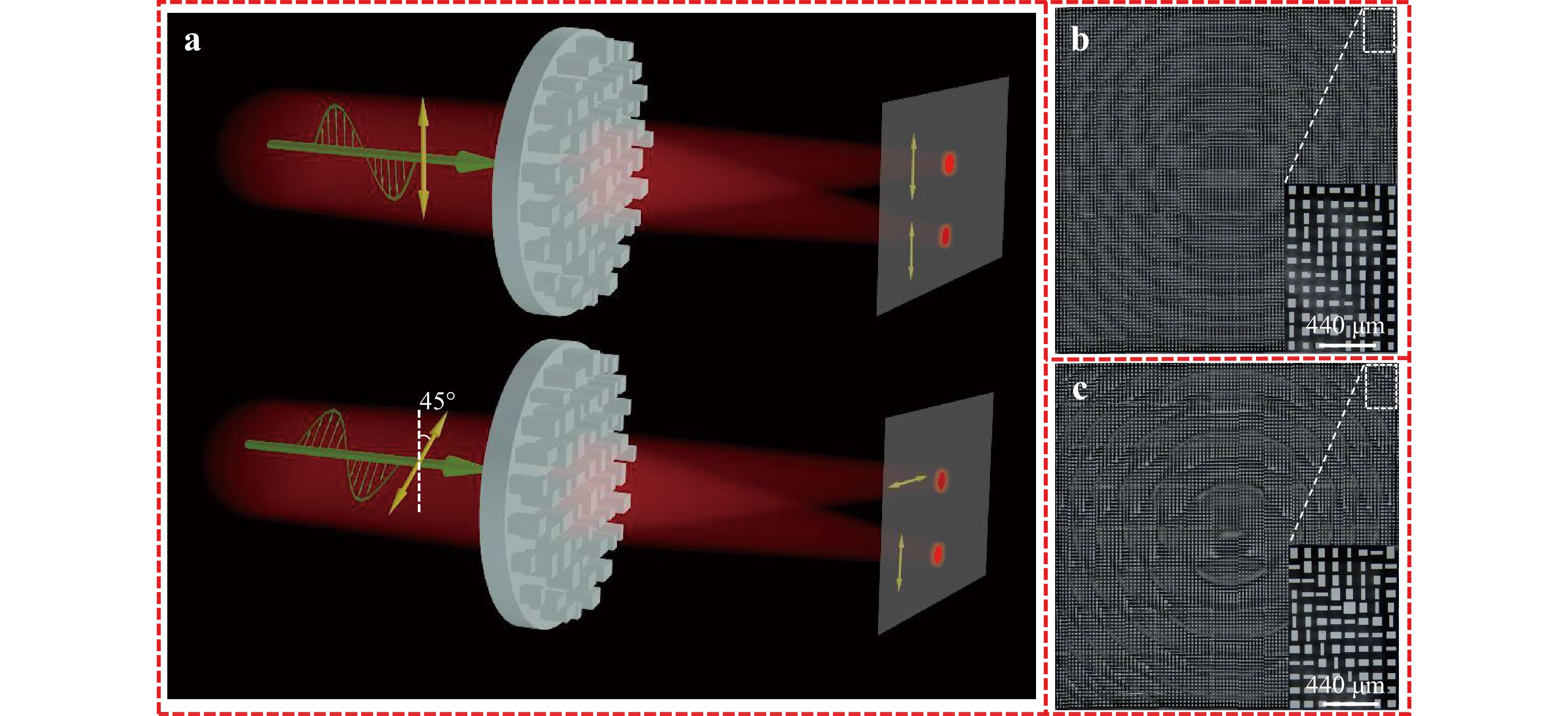
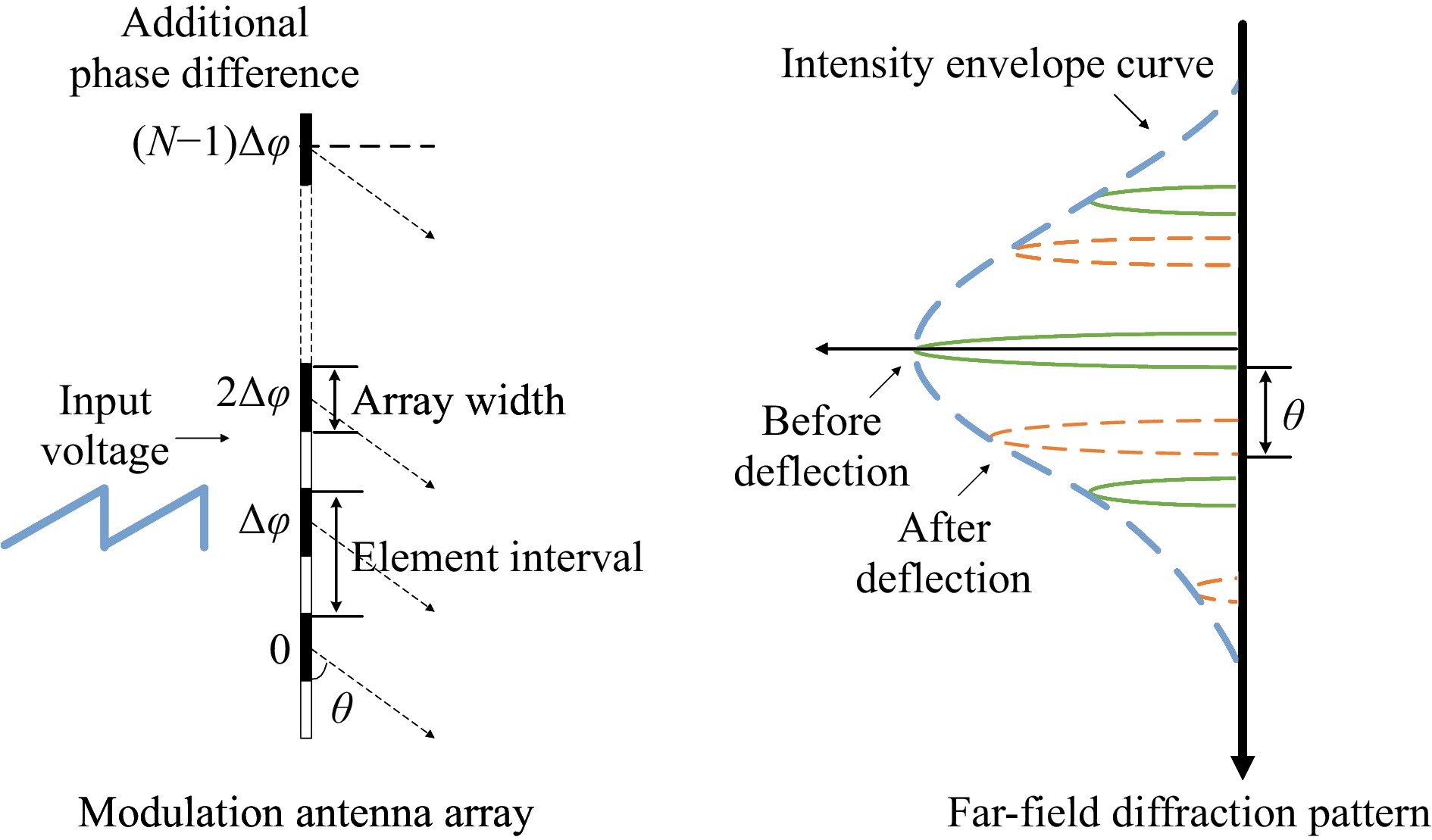
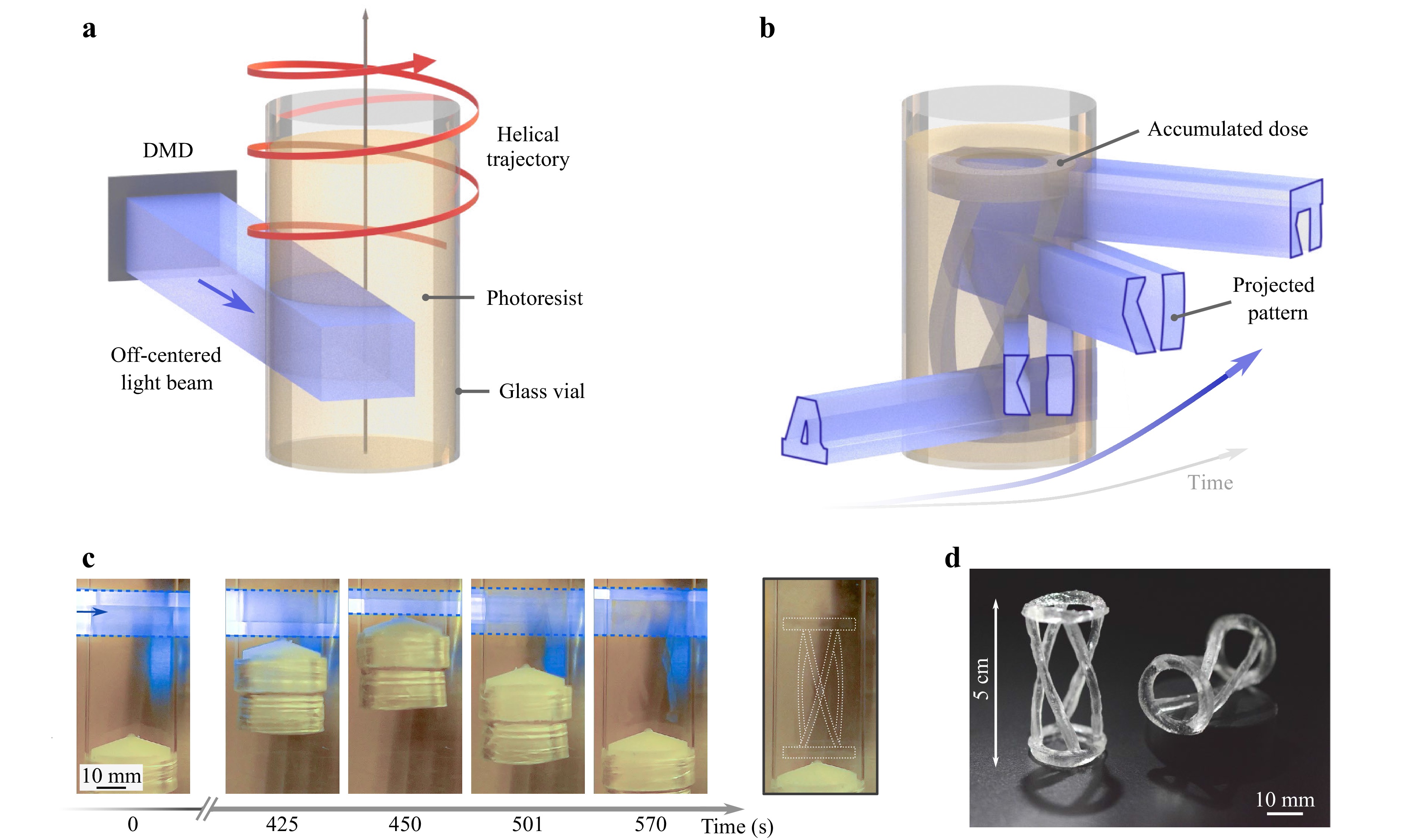
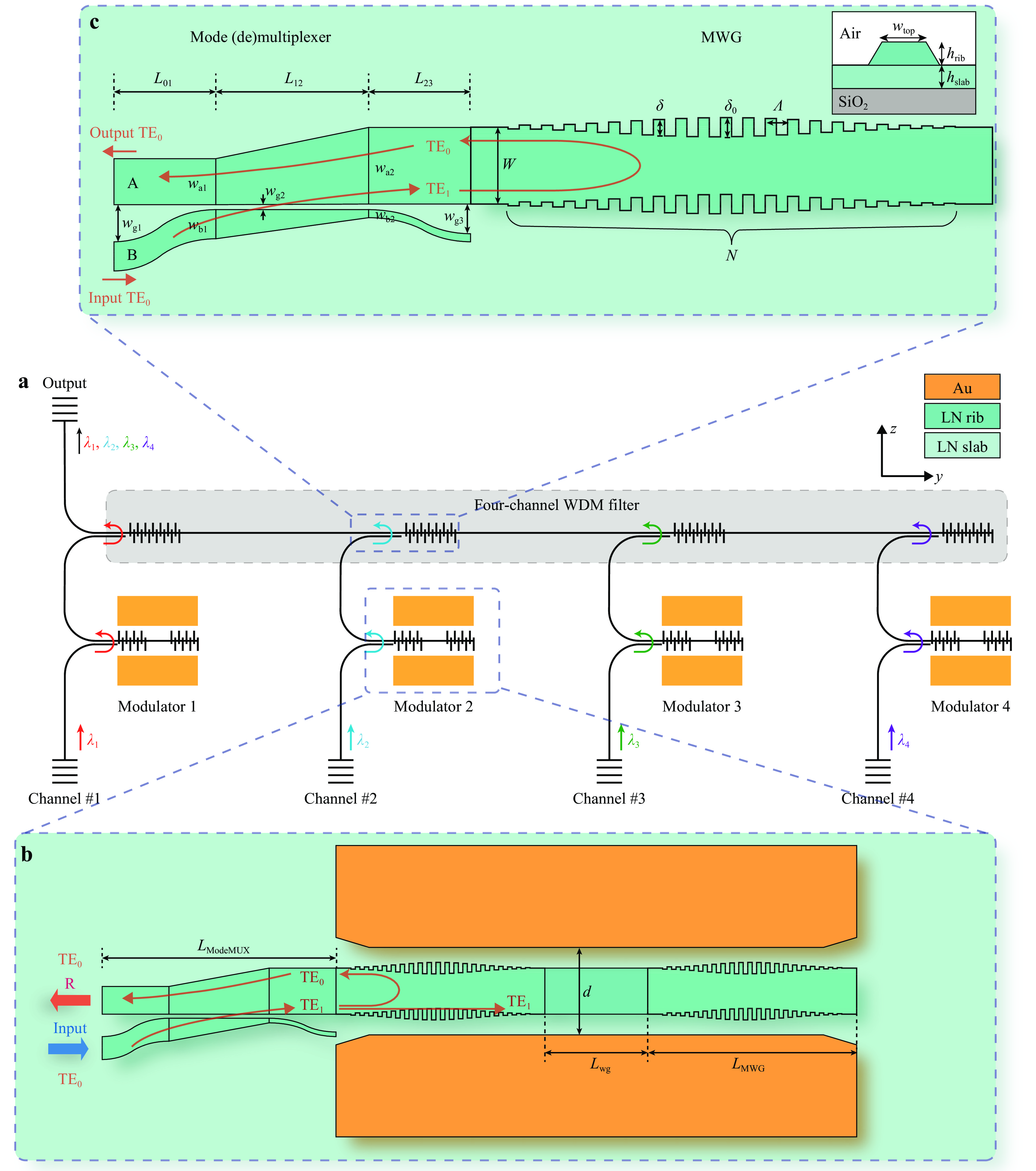
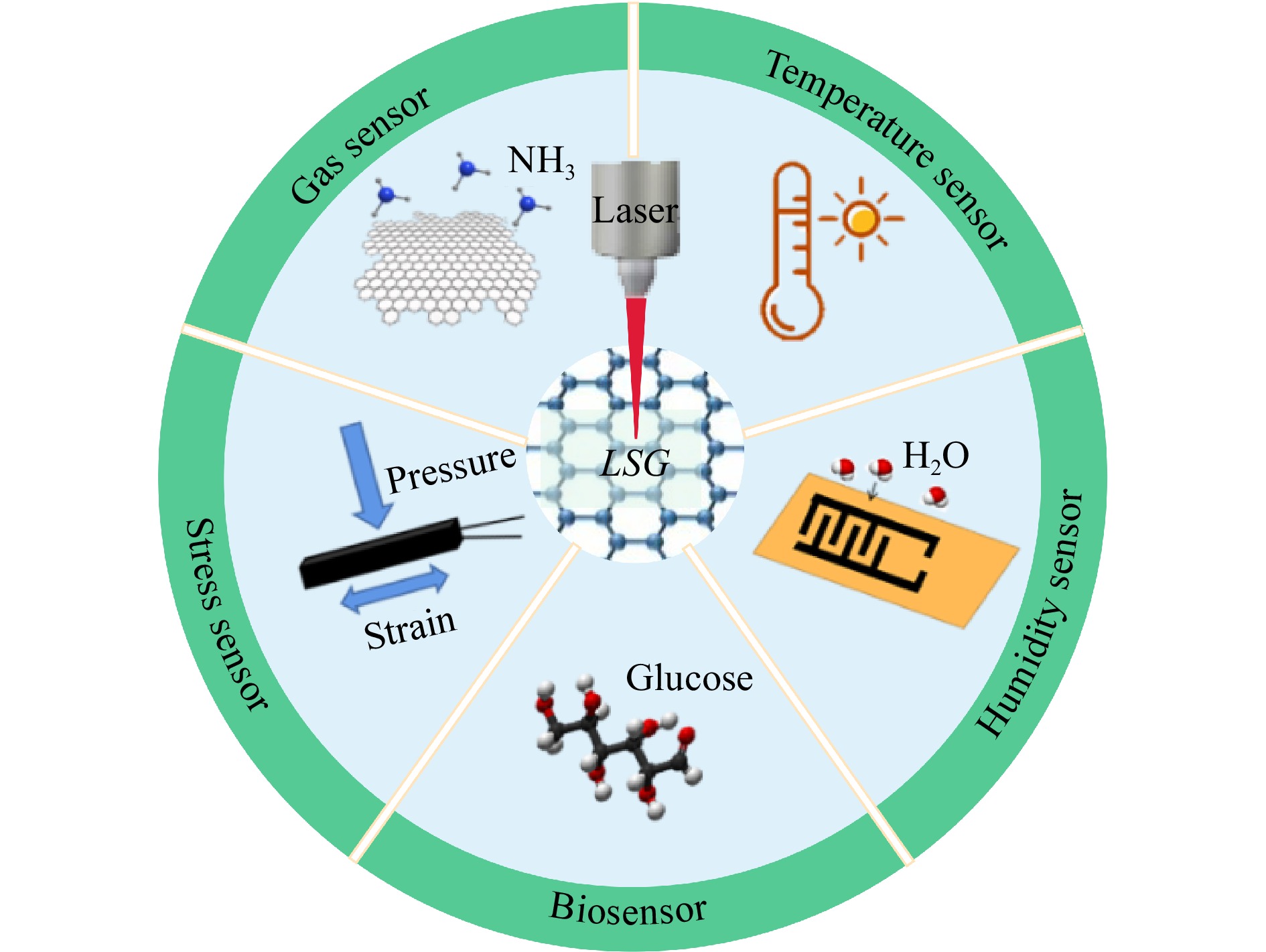
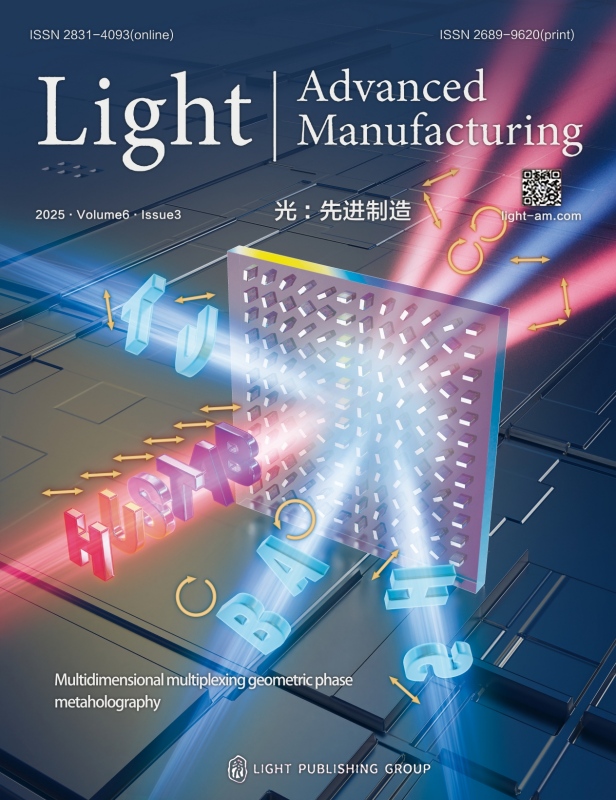

 Email
Email RSS
RSS